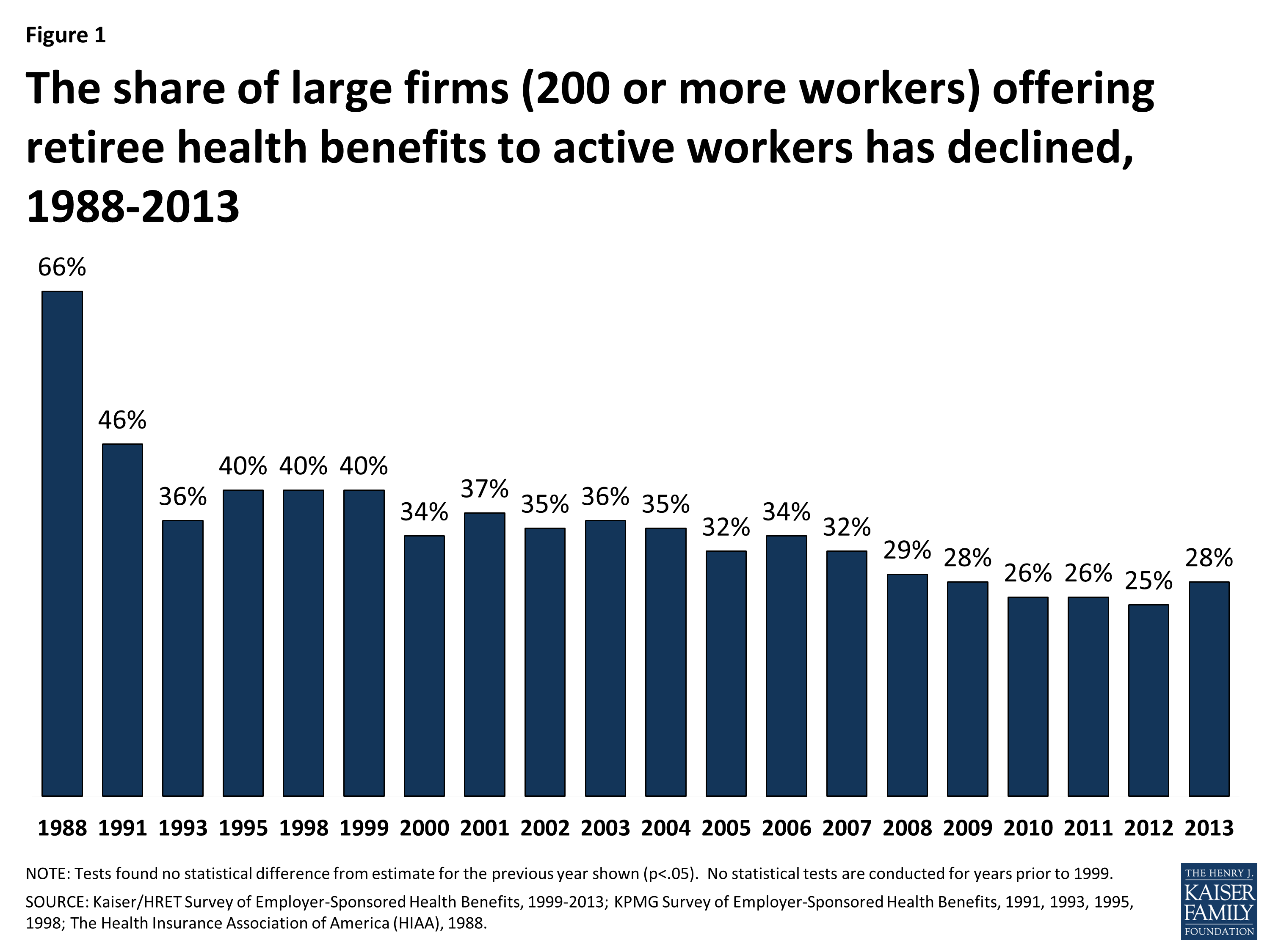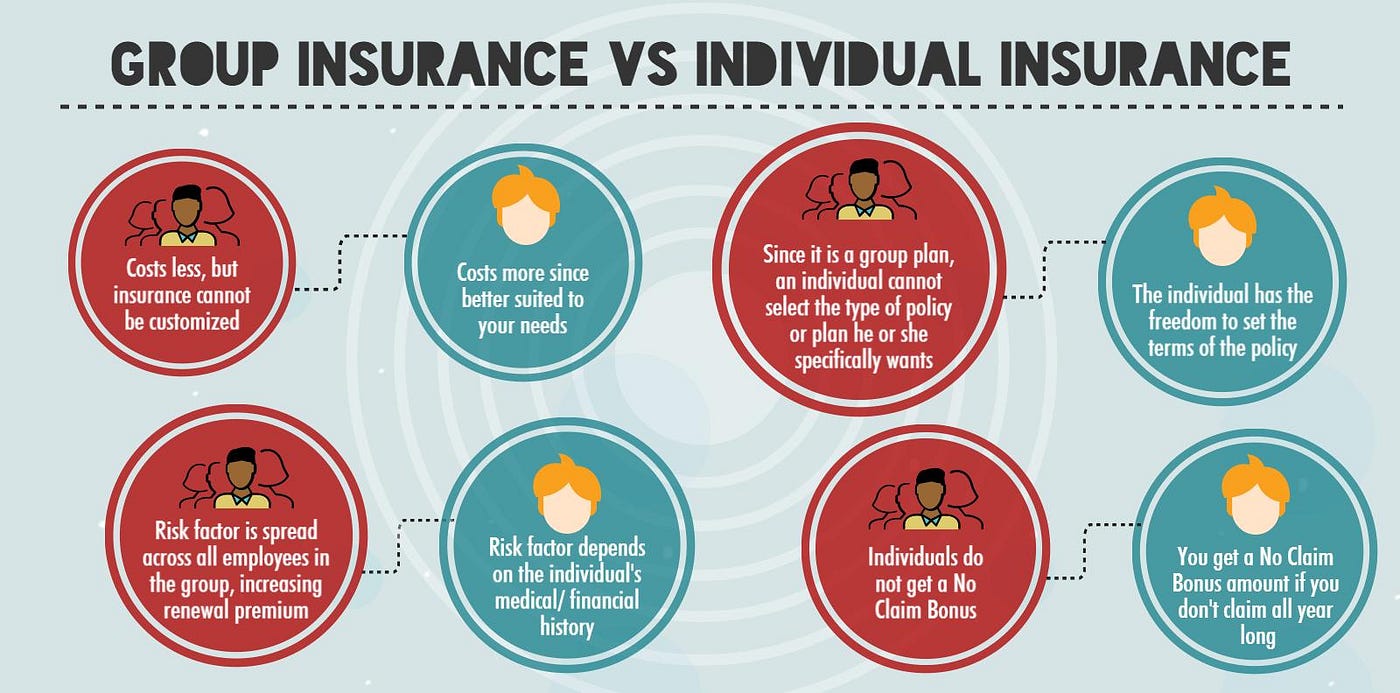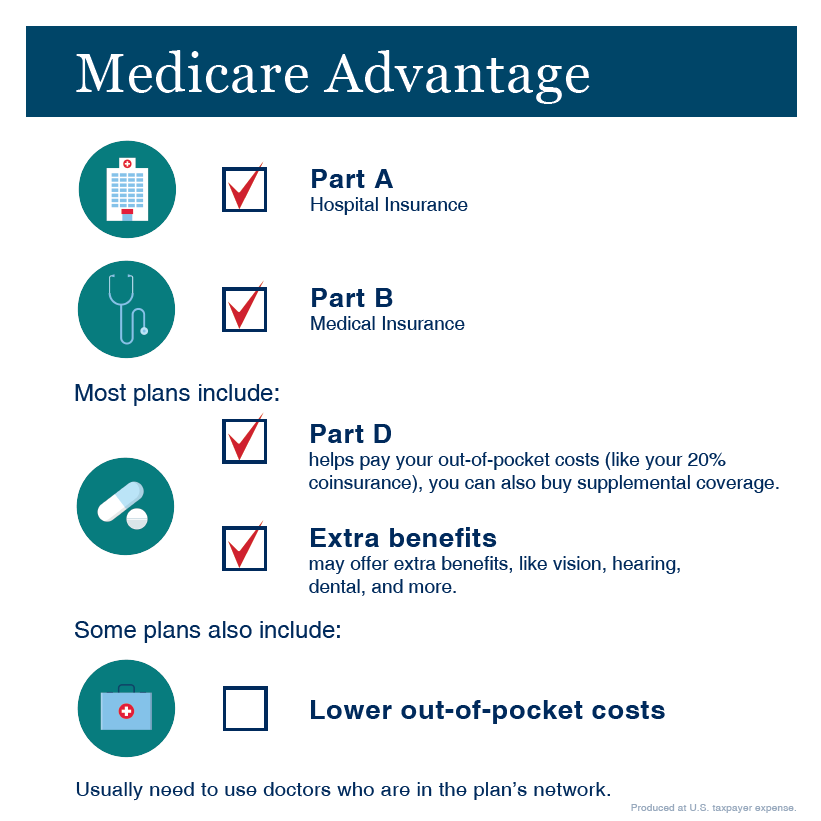Some Known Questions About Medicare Advantage Agent.
Some Known Questions About Medicare Advantage Agent.
Blog Article
Top Guidelines Of Medicare Advantage Agent
Table of ContentsIndicators on Medicare Advantage Agent You Should KnowThe Of Medicare Advantage Agent3 Easy Facts About Medicare Advantage Agent Described

adheres to from perplexing the reasonably young age profile of the without insurance with the far better health, typically, of younger persons. This obscures the web link between health and wellness standing and medical insurance. For those without access to work environment health and wellness insurance policy, bad wellness is a prospective barrier to buying nongroup coverage since such protection might be highly priced, leave out preexisting problems, or be merely not available. The variety of without insurance Americans is not specifically large and has not changed in current years. Seven out of ten respondents in a nationally representative survey thought that fewer Americans did not have medical insurance than in fact do(Fronstin, 1998). Approximately half(47 percent )believed that the variety of individuals without health insurance decreased or stayed continuous over the latter fifty percent of the last decade(Blendon et al., 1999). This decline of nearly 2 million in the number of individuals 'without insurance (a decrease
of around 4 percent)is certainly a positive change. With a softer economic situation in 2000 the most recent reported gains in insurance protection might not proceed(Fronstin, 2001 ). The decline in the variety of without insurance will certainly not proceed if the economy continues to be sluggish and health and wellness care prices proceed to surpass inflation. This is since the information were accumulated for a period of strong economic efficiency. Of the estimated 42 million people who were without insurance, all however about 420,000(regarding 1 percent)were under 65 years old, the age at which most Americans end up being qualified for Medicare; 32 million were adults in between ages 18 and 65, about 19 percent of all grownups in this age; and 10 million were children under 18 years of age, regarding 13.9 percent of all youngsters (Mills, 2000). These price quotes of the variety of persons uninsured are generated from the yearly March Supplement to the Present Population Survey (CPS), carried out by the Demographics Bureau. Unless or else noted, national estimates of individuals without medical insurance and percentages of the population with various kinds of coverage are based upon the CPS, the most widely made use of resource of price quotes of insurance coverage and uninsurance prices. These studies and the price quotes they yield are explained briefly in Table B. 1 in Appendix B - Medicare Advantage Agent. These surveys vary in size and sampling methods, the questions that are asked about insurance coverage
The Ultimate Guide To Medicare Advantage Agent
insurance coverage, and the time duration over which insurance protection or uninsurance is determined(Lewis et al., 1998, Fronstin, 2000a ). Still, the CPS is especially helpful since it produces yearly price quotes reasonably quickly, reporting the previous year's insurance protection approximates each September, and due to the fact that it is the basis for a regular set of price quotes for even more than two decades, permitting evaluation of trends in coverage gradually.

The Single Strategy To Use For Medicare Advantage Agent
Over a three-year period starting early in 1993, 72 million people, 29 percent of the U.S. populace, were without coverage for at the very least one month. Within a single year(1994), 53 million individuals experienced at the very least a month without insurance coverage(Bennefield, 1998a). 6 out of every 10 without insurance grownups are themselves employed. Functioning does enhance the chance that one and one's household members will have insurance coverage, it is not an assurance. Even members of families with 2 full time wage income earners have nearly a one-in-ten possibility this link of being uninsured (9.1 percent without insurance rate)(Hoffman and Pohl, 2000 ). The partnership between wellness insurance coverage and accessibility to care is well developed, as recorded later in this chapter. Although the relationship in between health insurance and wellness outcomes is neither direct neither basic, an extensive scientific and health and wellness solutions study literature links medical insurance protection
to better access to care, far better top quality, and boosted personal and populace wellness Full Article condition. The second record, on personal health end results for uninsured grownups, is stood for by the innermost circle of the figure, while the third report, on family members health, encompasses the topics of the 2nd report yet highlights a different system of evaluation, particularly, the family. The 6th record in the collection will offer information concerning techniques and efforts embarked on locally, statewide, or across the country to address the lack of insurance coverage and its unfavorable effects. Levels of evaluation for examining the results of uninsurance. This conversation of medical insurance coverage focuses largely on the united state population under age 65 because virtually all Americans 65 and older have Medicare or other public insurance coverage.
It focuses particularly on those without any health and wellness insurance coverage for any size of time. The troubles faced by the underinsured remain in some aspects comparable to those faced by the uninsured, although they are normally less serious. Uninsurance and underinsurance, nonetheless, include clearly different policy problems, and the approaches for resolving them may vary. Throughout this research and the 5 records to comply with, the primary focus gets on persons without health and wellness insurance coverage and thus no help in paying for healthcare past what is available through charity and security web establishments. Medical insurance is a powerful variable impacting receipt of care since both individuals and doctors react to the out-of-pocket cost of solutions. Health and wellness insurance policy, nevertheless, is neither needed nor sufficient to get accessibility to clinical services. Nonetheless, the independent and straight effect of health
insurance coverage on access to wellness services is well established. Others will certainly get the healthcare they require also without health insurance, by paying for it expense or seeking it from service providers that provide treatment free or at highly subsidized prices. For still others, medical insurance alone does not ensure invoice of care due to the fact that of other nonfinancial obstacles, such as a lack of healthcare companies in their community, limited access to transport, illiteracy, or linguistic and social differences. Formal research study regarding without insurance populaces in the United States dates to his comment is here the late 1920s and very early 1930s when the Board on the Expense of Medical Treatment generated a series of records about financing doctor office visits and hospitalizations. This issue came to be prominent as the varieties of clinically indigent climbed throughout the Great Anxiety. Empirical researches continually support the web link in between accessibility to care and boosted health and wellness end results(Bindman et al., 1995; Starfield, 1995 ). Having a routine resource of care can be taken into consideration a forecaster of accessibility, instead of a direct action of it, when health and wellness results are themselves used as access indicators. This expansion of the idea of access measurement was made by the IOM Board on Checking Access to Personal Wellness Care Provider(Millman, 1993, p. Whether moms and dads are insured appears to affect whether or not their youngsters obtain treatment along with just how much careeven if the kids themselves have coverage(Hanson, 1998). The wellness of moms and dads can affect their capacity to care for their youngsters and the degree of household stress. Bothering with their youngsters's accessibility to care is itself a resource of tension for parents. 3 chapters follow in this record. Chapter 2 gives a review of just how employment-based health insurance, public programs and individual insurance plan operate and interact to supply considerable yet incomplete coverage of the U.S. population. This includes a testimonial of historic patterns and public policies influencing both public and private insurance policy, a discussion of the communications amongst the different types of insurance policy, and an evaluation of why individuals relocate from one program to another or wind up

Report this page